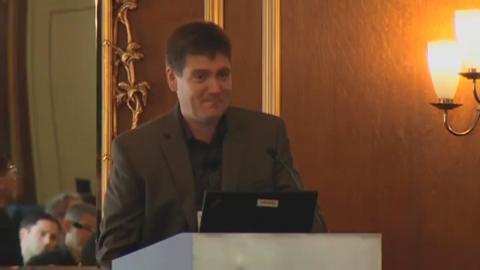What are exosomes?
Exosomes are small (30–150 nm) vesicles containing sophisticated RNA and protein cargo, that are constantly secreted by all cells in vitro and in vivo. Exosomes are changing research due to the intriguing functions within the human body, including intercellular communication and signaling. These extracellular vesicles are growing, both in understanding their biological functions and using them towards practical applications such as development of non-invasive diagnostics and advanced therapeutics.
How to extract exosomes for research studies
Dynabeads offers an array of exosome isolation products and tools for characterization and analysis of their RNA and protein content, as well as in vitro and in vivo tracing to help you further the understanding of these fascinating entities. Visit our storefront for other applications using Dynabeads Magnetic Beads.




